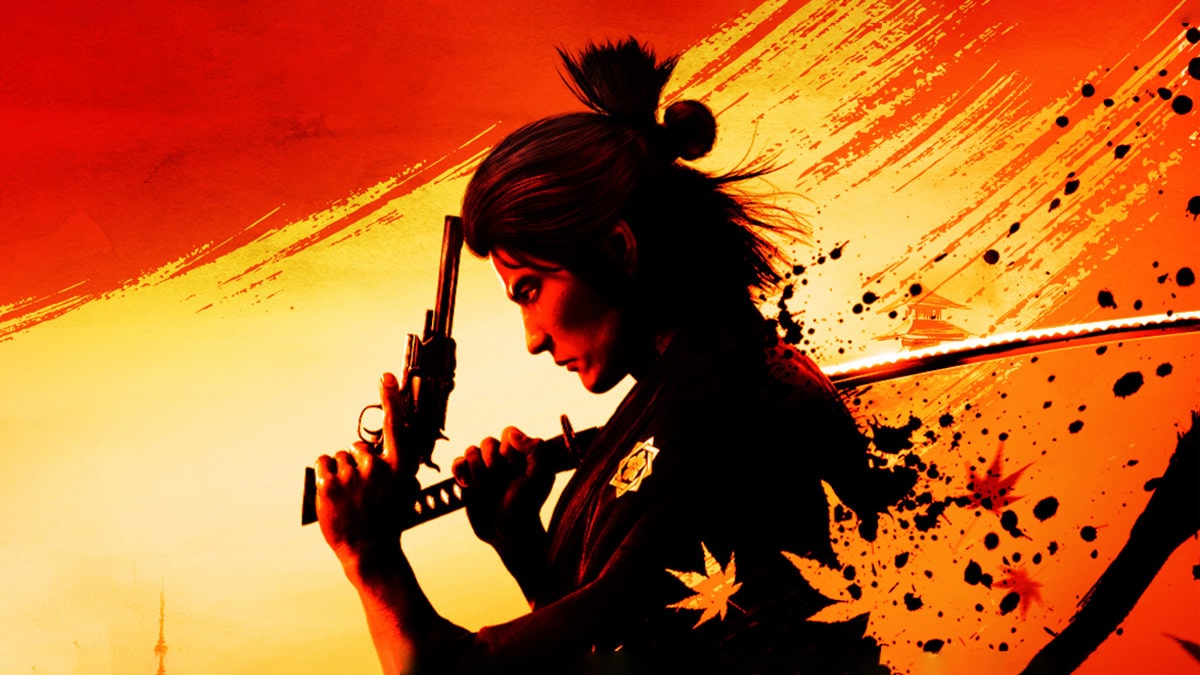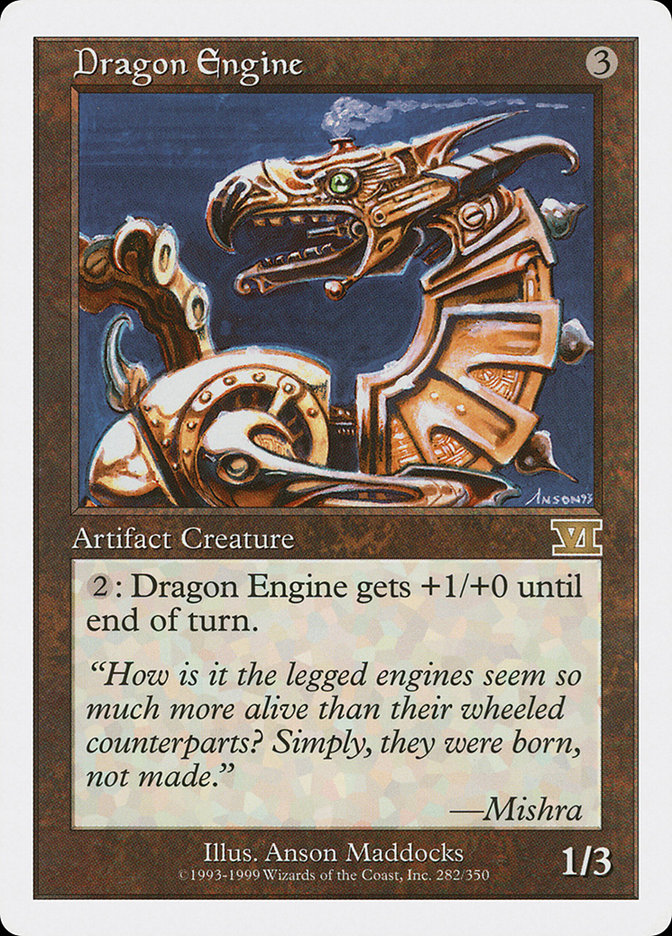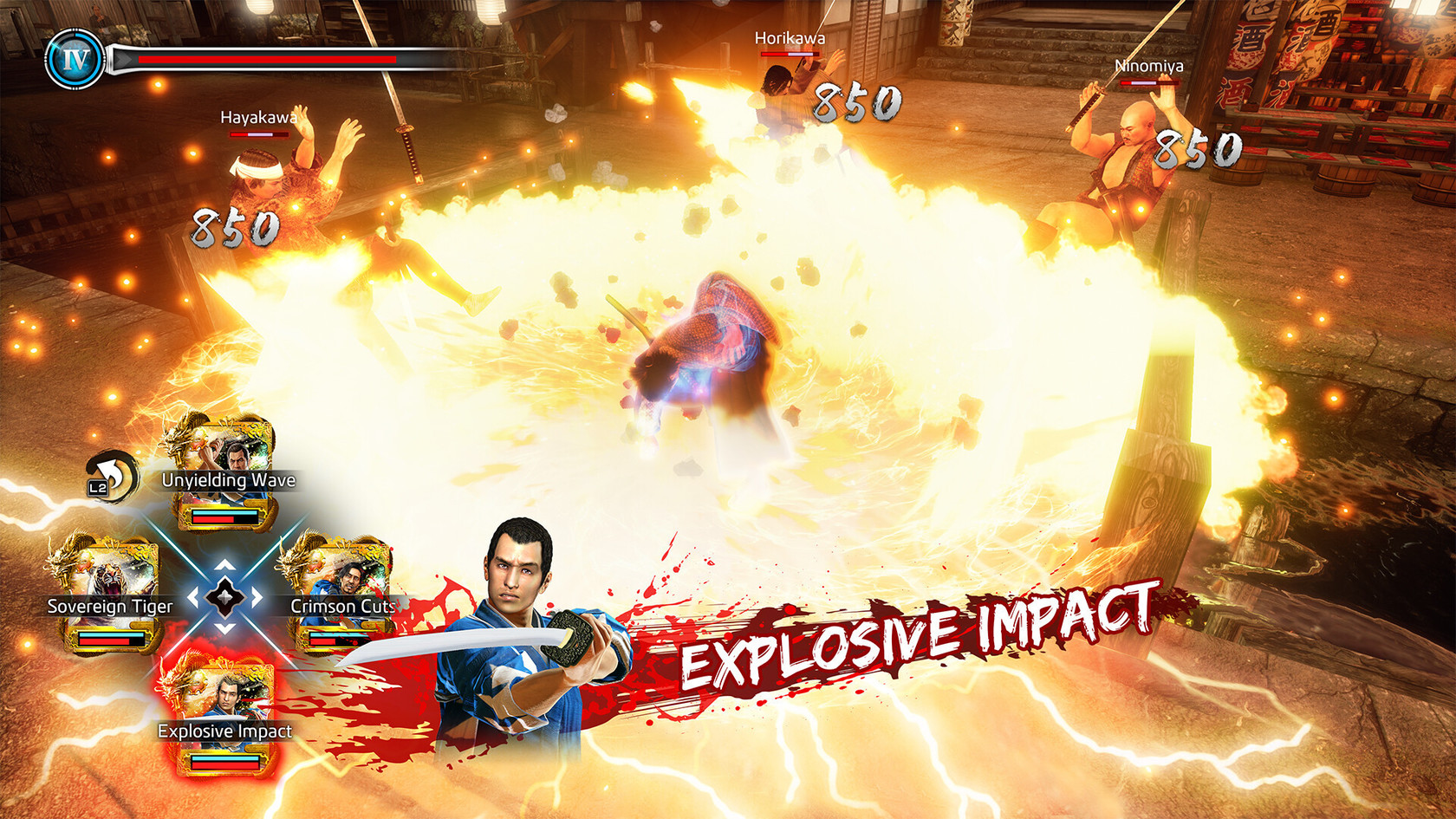

In its place, you have access to a singing bar, with a live band giving you the backing music for your cheesy lyrics. Even karaoke makes a comeback, even though karaoke itself wouldn’t be invented until a hundred years later. It’s ridiculous, and that’s why I love it.Įven though Ishin‘s story is serious and violent, fear not, this game still retains the sheer amount of dumb sidequests and goofy side activities one would expect from a Yakuza game. More than Majima’s slugger stance in Yakuza 0, more than Yagami’s lunatic kung fu in Lost Judgment. It might actually be my favorite fighting style in any Yakuza game ever. It makes no freaking sense, it completely breaks the game, but damn, is it fun. In it, Kiryu Ryoma can quickly slash enemies with massive combos while evading their attacks with ease, all while being able to unleash a barrage of bullets at the end of a slashing streak. Like a Dragon: Ishin has a photo mode, and this is the closest to a smile you’ll get from Kir… I mean, Ryoma.įinally, there’s a fighting style that gives you both a katana and a gun, which I like to call the “drunken ballerina of death” stance. The gunman stance is slow and not very precise, but you get to use a freaking gun to defeat enemies from afar. The swordsman stance gives you a katana, which starts off limited and clunky, but becomes a breeze once you drop experiences points into its pool. The bare knuckle stance is your standard Yakuza fare, being the one with the best parrying mechanics. Kiryu Ryoma has four combat styles at his disposal. The less realistic animations allow for less realistic, but faster combat styles at your disposal.

It not running on the CPU-demanding Dragon Engine is advantageous in one regard, though. Don’t expect for Like a Dragon: Ishin to make your jaw drop. The same “freaking gorgeous for PS3, pretty good for PS4, somewhat dated for current-gen” presentation, with slightly jankier animations outside of cutscenes, but with some extra makeup in order to look better than its predecessors. Despite the big fat Unreal Engine logo upon booting it up, this is a revamped remaster of the 2014 title, meaning we’re back to the same gameplay style and presentation seen from Yakuza 3 up until Kiwami.

Do the math.īear in mind that, despite the confusing pre-release marketing buzz, Like a Dragon: Ishin! is NOT a remake. Remember how annoying it was to deal with these brutes in other Yakuza games? Well, you have a gun now. With all said and done, Ishin‘s story is still good, despite the massively predictable plot twists. The only exception lies in antiheroes and rivals, who were given a slightly bigger level of nuance and character development. Villains in Ishin are basically portrayed by villains from other Yakuza games, and the same applies to heroes and allies.

The issue lies with the fact that, sadly, if you’re well-versed in the franchise, you can see the plot twists coming from a mile away, namely because the developers didn’t try to subvert expectations when it came to the roles portrayed by the franchise’s characters. It’s cheesy as all hell, but that’s why we love this stupid franchise in the first place, right? Every single character in the game is portrayed by a well-known Yakuza/ Like a Dragon character, giving Ishin a quasi-pantomime aesthetic. He’s a lower-class samurai thrown into the middle of political turmoil, treason, betrayal, death, karaoke, you know how it goes. Sure, it’s the character model, voice actor, and personality from our favorite protagonist that never smiles, but it’s a completely different person. We play as Kiry… wait, someone called Sakamoto Ryoma.


 0 kommentar(er)
0 kommentar(er)
